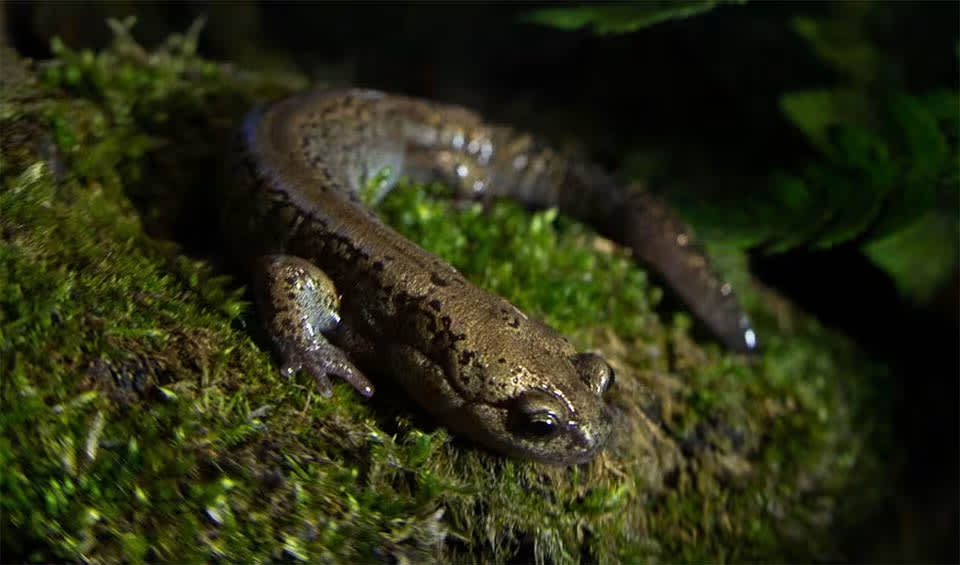Salamandrella – Siberian salamanders
Primitive salamanders of the far north
Siberian salamanders are incredible creatures that have earned a reputation for their unique ability to endure extreme cold and revive after being frozen for extended periods deep within the ice.
Siberian salamanders can grow up to an impressive 13 centimeters (5 inches) in length, with females typically larger than males, showcasing sexual dimorphism within the species. Their size, combined with their distinctive appearance, makes them stand out in the world of amphibians.
What truly sets Siberian salamanders apart is their astonishing ability to withstand being frozen for years. These resilient amphibians can become encased in ice while buried deep underground, only to thaw out, reanimate, and continue their lives when conditions become more favorable. This remarkable adaptation allows them to endure the brutal Siberian winters and thrive in their harsh habitats.
In addition to their cold tolerance, Siberian salamanders are excellent swimmers and agile travelers. They display unique snake-like body and tail undulations as they navigate their aquatic habitats. This distinctive swimming style aids them in efficiently hunting for prey and evading potential predators.
It’s worth noting that the ability to survive freezing temperatures is not unique to Siberian salamanders among amphibians. Some frog species have also developed similar adaptations, allowing them to hibernate on the forest floor or in the water underneath ice-covered surfaces. These frogs can have a significant portion of their body water transformed into ice during their hibernation period, often up to 65 percent. Yet, they can reanimate and continue their life cycles when warmer conditions return.
Species in this genus
Siberian salamander
They are known for their ability to “freeze up” when facing temperatures down to -45°C or -49°F


